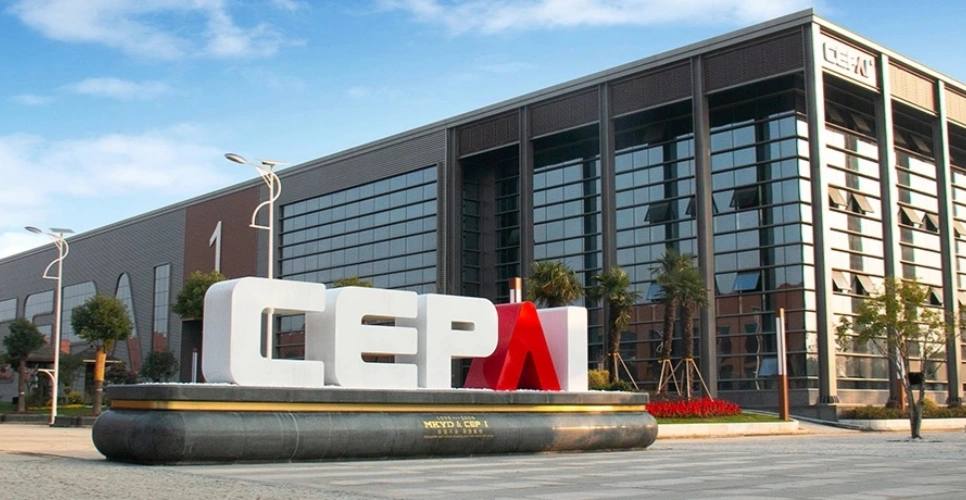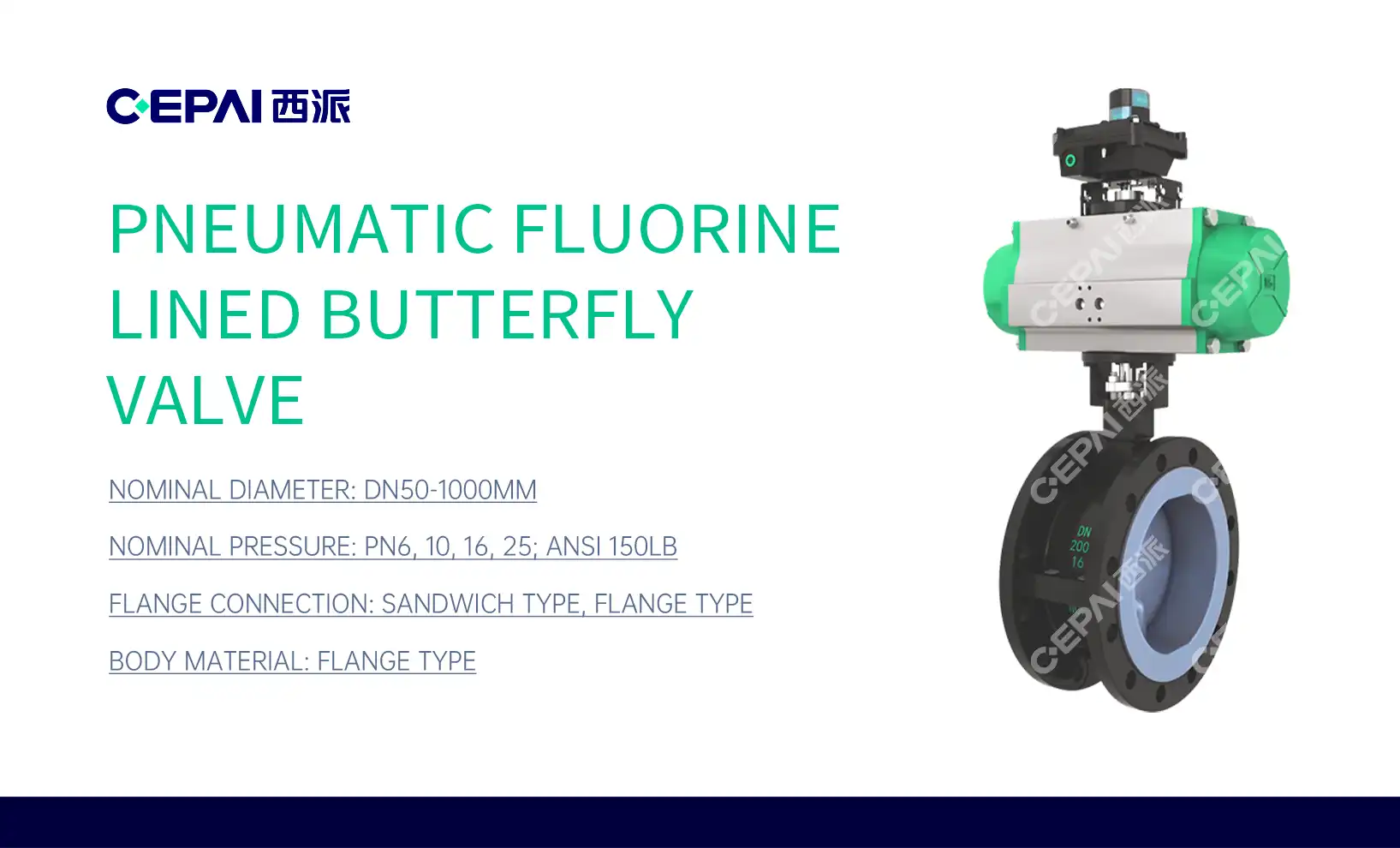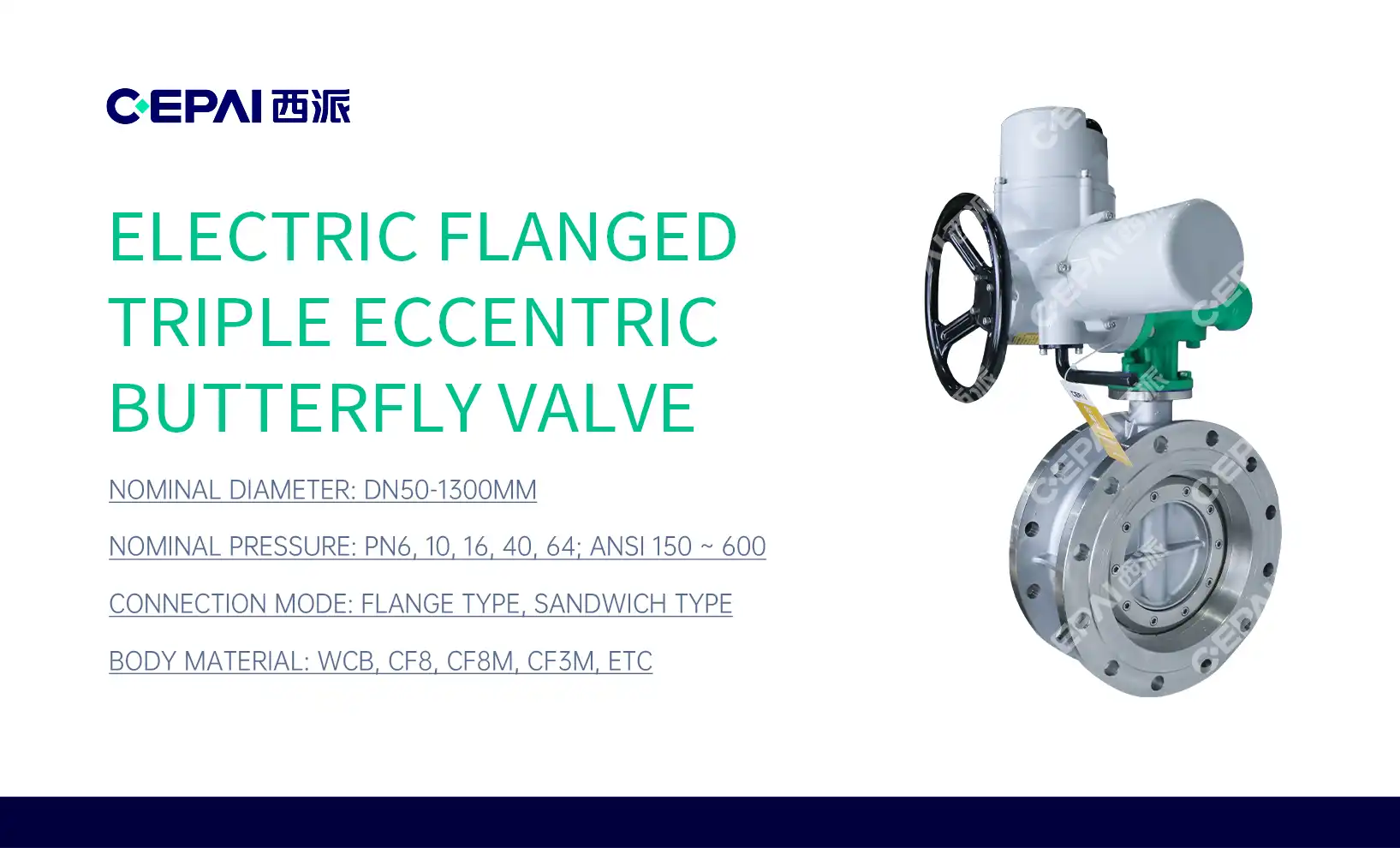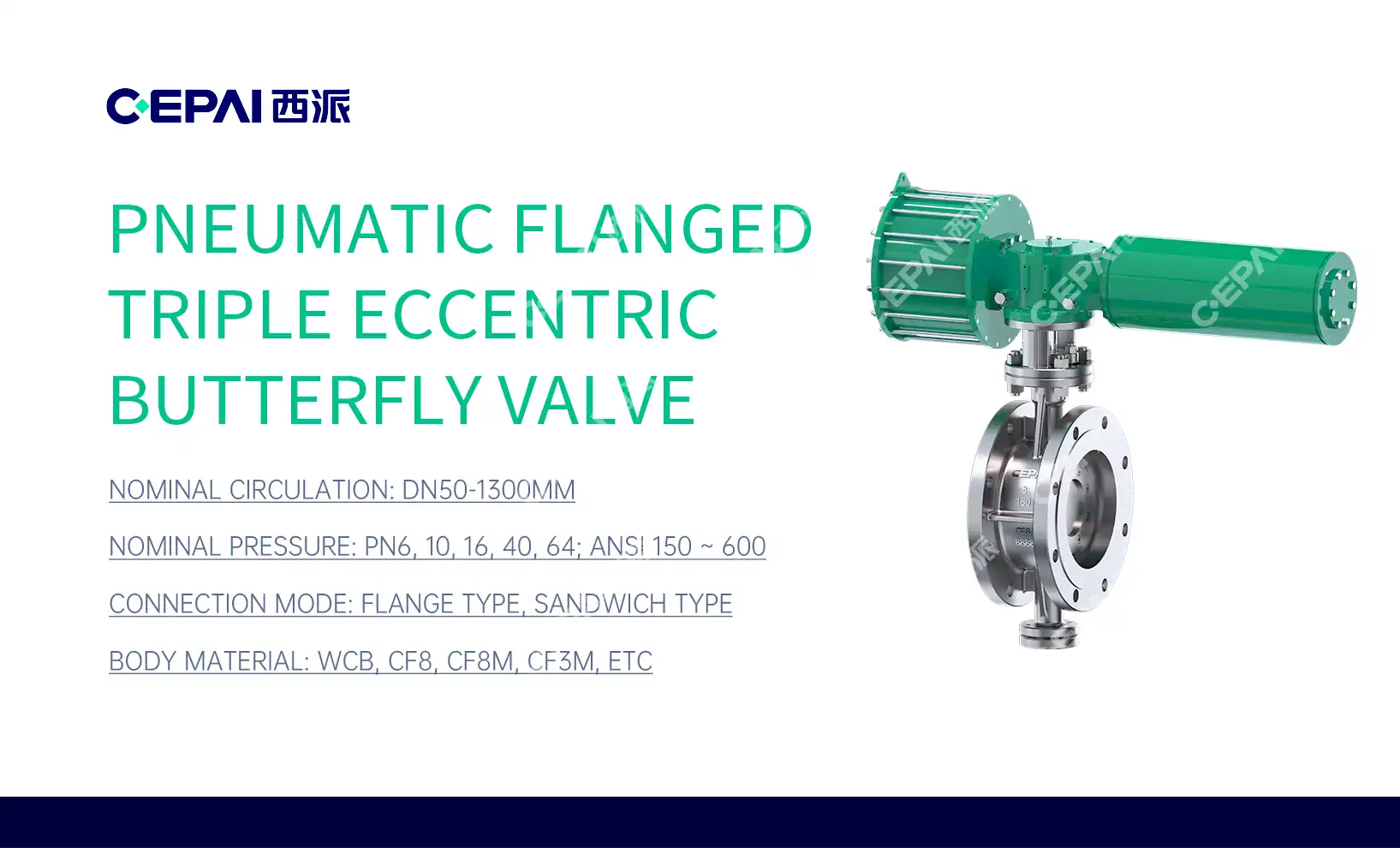Understanding Control Valves: Functions and Applications
The Basics of Control Valve Operation
Control valves are engineered to regulate the flow of fluids or gases by varying the size of the flow passage as directed by signals from controllers. These valves play a pivotal role in maintaining specific process conditions, such as flow rate, pressure, temperature, or liquid level. The heart of a control valve is its actuator, which can be pneumatic, hydraulic, or electric, responding to signals to adjust the valve's position precisely.
Key Features of Control Valves
Control valves are distinguished by their ability to modulate flow with high precision. They typically feature a positioner that ensures accurate valve positioning, even in the presence of varying process conditions. Advanced control valves may incorporate smart technologies, allowing for real-time diagnostics and remote operation. The valve body design, which can range from globe and butterfly to ball configurations, is selected based on the specific application requirements.
Applications in Various Industries
The versatility of control valves makes them indispensable across numerous industries. In oil and gas production, they regulate wellhead pressure and manage flow rates in pipelines. Chemical plants rely on control valves for precise reactant mixing and temperature control in reactors. In power generation, these valves are crucial for managing steam flow in turbines and controlling feedwater systems. The food and beverage industry utilizes control valves for precise ingredient dosing and temperature regulation in processing equipment.
On-Off Valves: Characteristics and Use Cases
Fundamental Principles of On-Off Valves
On-off valves, also known as isolation valves or shut-off valves, are designed for binary operation – they are either fully open or fully closed. These valves are crucial for isolating sections of piping systems, stopping flow in emergency situations, or facilitating maintenance activities. The simplicity of their operation makes them reliable and essential components in many industrial applications.
Types and Configurations of On-Off Valves
On-off valves come in various types, including ball valves, gate valves, butterfly valves, and control valves. Each type has its strengths and is chosen based on factors such as pressure rating, temperature range, and the nature of the fluid being controlled. For instance, ball valves are preferred for quick shutoff and minimal pressure drop when fully open, while gate valves are often used in applications requiring minimal flow restriction when open.
Critical Applications of On-Off Valves
On-off valves find extensive use in safety systems, where rapid and reliable shutoff is paramount. In the oil and gas industry, they are used as emergency shutdown valves to prevent spills or leaks. Water treatment plants employ on-off valves to control the flow between different treatment stages. In HVAC systems, these valves regulate the flow of refrigerants or hot water. The pharmaceutical industry relies on on-off valves for batch processing and to maintain sterile conditions in production lines.
Comparing Control Valves and On-Off Valves: Making the Right Choice
Performance Characteristics
When selecting between control valves and on-off valves, it's crucial to consider their performance characteristics. Control valves excel in applications requiring precise flow modulation, offering the ability to maintain specific process conditions with high accuracy. They are ideal for systems where variables such as pressure, temperature, or flow rate need continuous adjustment. On-off valves, while lacking in modulation capability, offer rapid and complete shutoff or opening, making them suitable for applications where binary control is sufficient.
Cost and Maintenance Considerations
The complexity of control valves, with their advanced positioning systems and often integrated smart technologies, generally makes them more expensive than on-off valves. They also typically require more frequent maintenance due to their intricate components. On-off valves, being simpler in design, are usually more cost-effective and require less maintenance. However, the choice between the two should be based on the specific requirements of the application rather than cost alone, as using the wrong type of valve can lead to inefficiencies or safety issues that far outweigh any initial cost savings.

Application-Specific Selection Criteria
Selecting the appropriate valve type depends on a thorough analysis of the application requirements. For processes that demand precise control over flow characteristics, such as chemical reactions or food processing, control valves are the clear choice. In contrast, applications that primarily require isolation capabilities, such as emergency shutdowns or maintenance isolation, are better served by on-off valves. In some cases, a combination of both valve types within a single system may be necessary to achieve optimal performance and safety. Factors such as process fluid properties, operating pressures and temperatures, required response times, and regulatory compliance should all be considered in the valve selection process.
Conclusion
Understanding the distinctions between control valves and on-off valves is crucial for optimizing industrial processes and ensuring operational efficiency. Control valves offer precise regulation of flow, pressure, and temperature, making them indispensable in applications requiring continuous modulation. On-off valves, with their simple yet reliable operation, are essential for isolation and emergency shutdown scenarios. The choice between these valve types should be based on a careful analysis of the specific application requirements, considering factors such as process control needs, safety considerations, and long-term operational costs.
FAQs
1. What is the main difference between control valves and on-off valves?
Control valves regulate flow by adjusting their opening, while on-off valves are either fully open or closed.
2. In which industries are control valves commonly used?
Control valves are widely used in oil and gas, chemical manufacturing, power generation, and food processing industries.
3. Can on-off valves be used for flow regulation?
On-off valves are not designed for flow regulation; they are best suited for applications requiring complete shutoff or full flow.
4. How do I choose between a control valve and an on-off valve?
Consider your application's specific needs, such as the requirement for precise flow control versus simple on/off functionality, along with factors like cost, maintenance, and process requirements.
Expert Control Valve Solutions for Industrial Applications | CEPAI
CEPAI Group specializes in high-quality control valves designed for the most demanding industrial applications. Our range includes advanced sleeve-type regulating valves, throttle valves, and emergency cut-off valves, all manufactured to the highest international standards. As a leading control valve supplier and manufacturer, we understand the critical role these components play in ensuring process efficiency and safety. Our commitment to quality is reflected in our ISO-certified manufacturing processes and rigorous testing protocols. For expert advice on selecting the right control valve for your application, contact our team at cepai@cepai.com.

References
Smith, J. (2022). Advanced Control Valve Technologies for Process Industries. Journal of Industrial Automation, 45(3), 210-225.
Johnson, R. (2021). On-Off Valve Applications in Safety Systems: A Comprehensive Review. Safety Engineering Quarterly, 18(2), 75-90.
Brown, A., & Davis, L. (2023). Comparative Analysis of Control Valves and On-Off Valves in Chemical Processing. Chemical Engineering Progress, 119(4), 55-68.
Thompson, E. (2022). Valve Selection Criteria for Oil and Gas Applications. Petroleum Technology Review, 37(1), 112-128.
Martinez, C. (2023). Smart Control Valves: The Future of Industrial Process Control. Automation World, 15(2), 30-45.
Wilson, K., & Lee, S. (2021). Energy Efficiency Improvements Through Strategic Valve Selection in HVAC Systems. Energy and Buildings, 233, 110-125.





